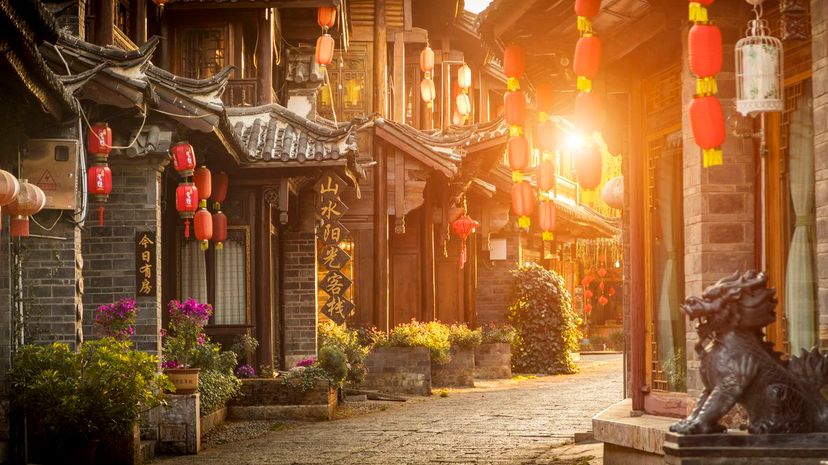
About This Quiz
In Western culture, people often look to the Mediterranean region as the beginning of human history, at least when it comes to civilization. But in reality, China has a history of civilized society that dates back as far, if nor further, than that found in the West. Though empires have risen and fallen in the country, that history has carried on through the ages, defining China and turning it into the world power it is today.
Of course, there have been many influences to get China to the place it currently sits on the world stage. The country's politics have been shaped by several dynasties and a series of revolutions at the beginning of the 20th century. The culture in China is heavily influenced by schools of thought relating to Buddhism, Confucianism and Taoism, along with the influx of Western ideas in the past few hundred years. This rich, fascinating history makes China a country worth learning about.
But how far does your knowledge of China extend? From culture to society to politics, this quiz covers all aspects of the Chinese world. Will you conquer it before it conquers you? Get started and prove your knowledge extends far beyond the Western world.
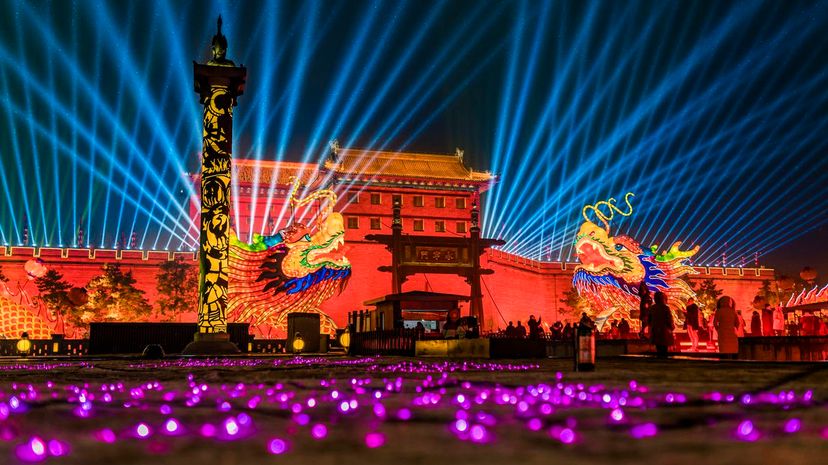
Though it marks the Chinese New Year, the 15-day celebration is also referred to as the Spring Festival in China because the coldest days of winter have come to a close. For people in China, it represents new beginnings, which coincides with planting and harvests.
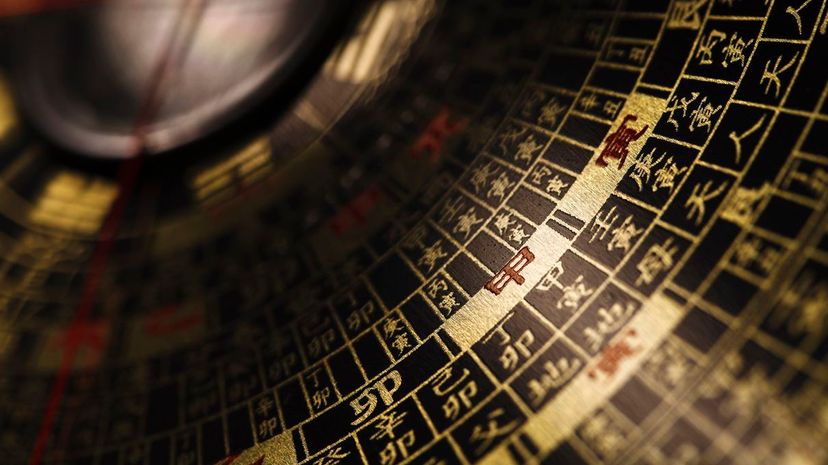
The reason the rat comes first according to the Chinese zodiac relates to a myth. In the myth, the order of the zodiacs was determined by which animal arrived first to a party hosted by the Jade Emperor. The rat was the first to arrive after it tricked the ox into giving it a ride.
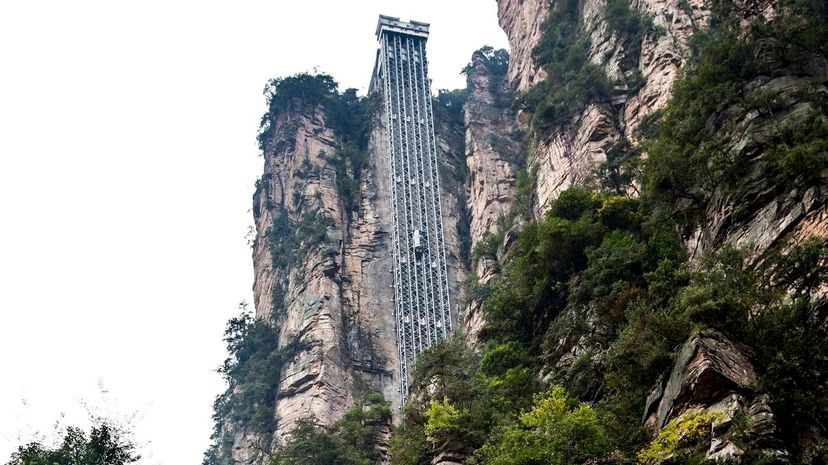
Standing 1,070 feet tall and situated in the Zhangjiajie National Forest Park, the Bailong Elevator is the tallest outdoor lift in the world. Construction of the elevator finished in 2002 and cost around $20 million.
Advertisement

Temperatures in Beijing can reach over 100 degrees, so a popsicle is a popular choice for residents and tourists in the city. The green-bean-flavored popsicle is one choice people have to relieve some of the pressure from the heat, and it's plenty sweet to help create a balanced taste.
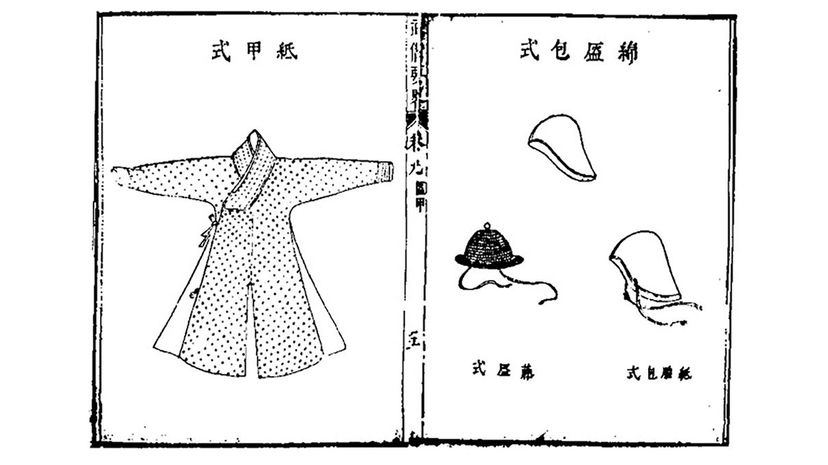
The Mediterranean region is often recognized for the complex society that developed in ancient times, but China developed at an almost equal if not advanced way around the same era. Not only did they find various uses for paper, but China also had major advances in everything from firearms to mathematics.
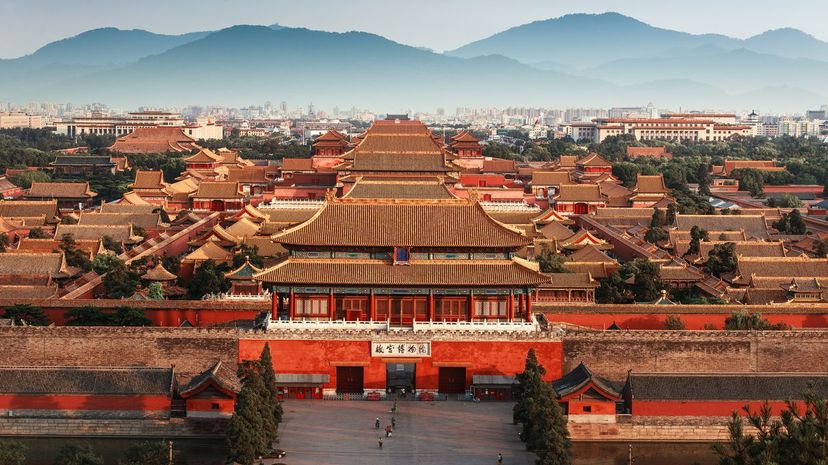
Recognized as the world's largest imperial palace, there are nearly 9,000 rooms in the various buildings and quarters throughout the Forbidden City. These structures are made of wood, so the threat of fire is a constant worry in Beijing.
Advertisement
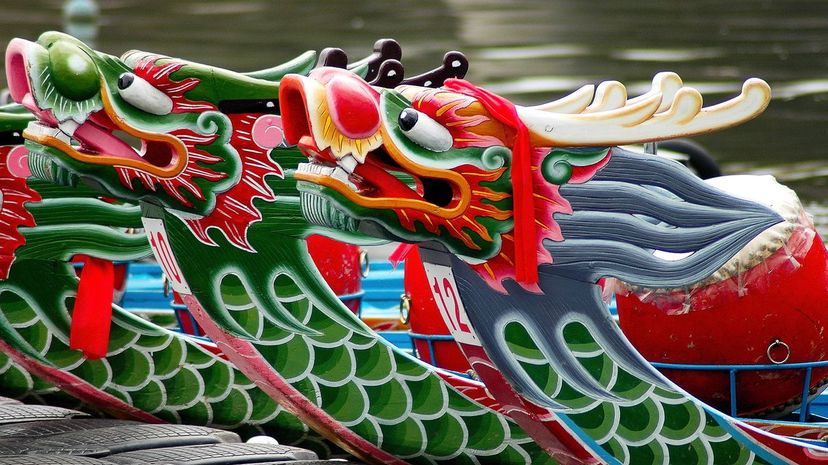
Occurring around the summer solstice, the Dragon Boat Festival correlates with the fifth month of the year, which is known in China as a time of illness and disaster. To avoid attracting any bad luck, the Dragon Boat Festival was created to help people get rid of their misfortunes.
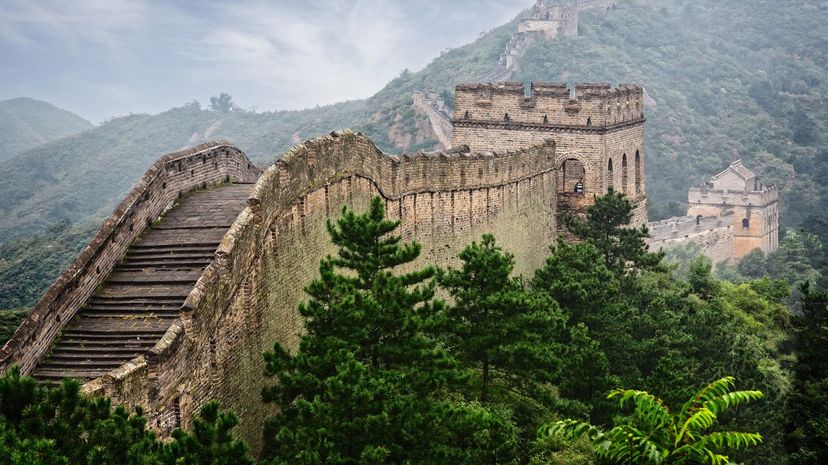
The Great Wall of China stretches further than any other manmade construction on earth, reaching a total of 13,171 miles. It was built across several dynasties and took over 1,800 years to complete.
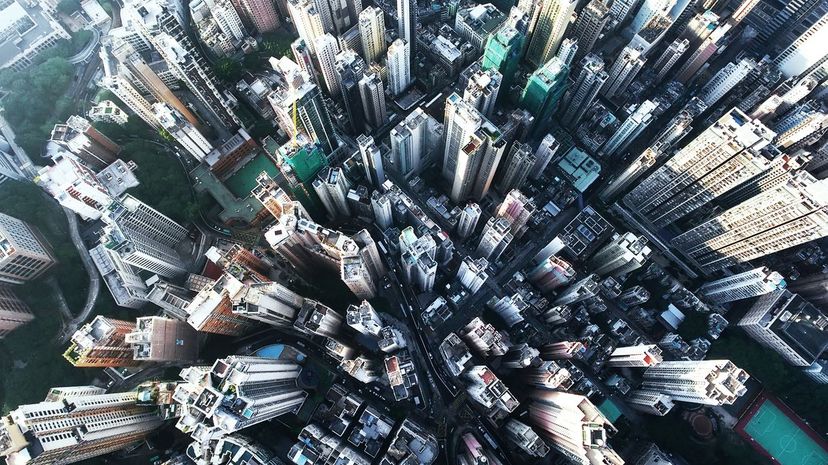
Standing 118 stories high, the International Commerce Centre is the tallest skyscraper in Hong Kong. It's also the 12th-tallest building in the world. On the 100th floor is an observation deck where visitors can look out over the city.
Advertisement
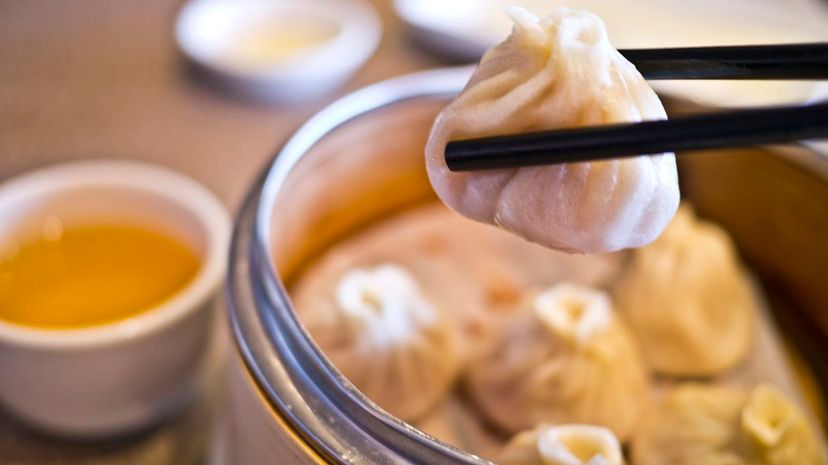
For Westerners, learning to use chopsticks correctly is often difficult. Of course, that comes as no surprise considering it requires the use of over 30 joints and 50 muscles throughout the hand and arm.
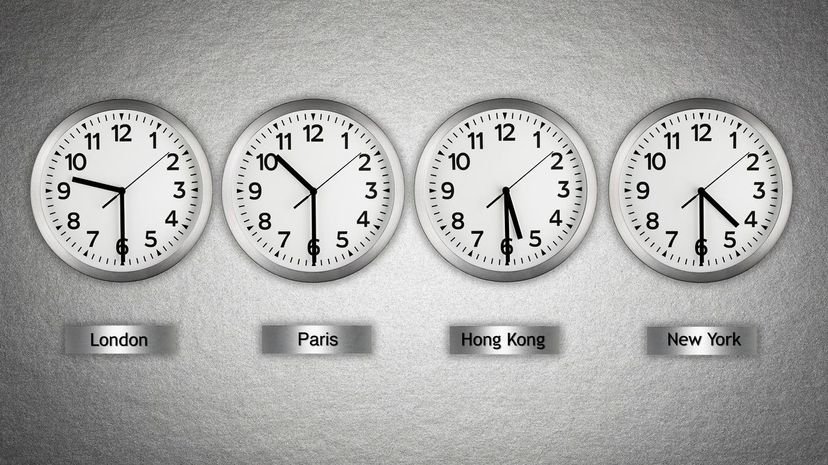
Around 3,000 miles wide, China is large enough to cover five geographical time zones. However, the country choses to use a single standard time, which is known as Beijing Time in China.
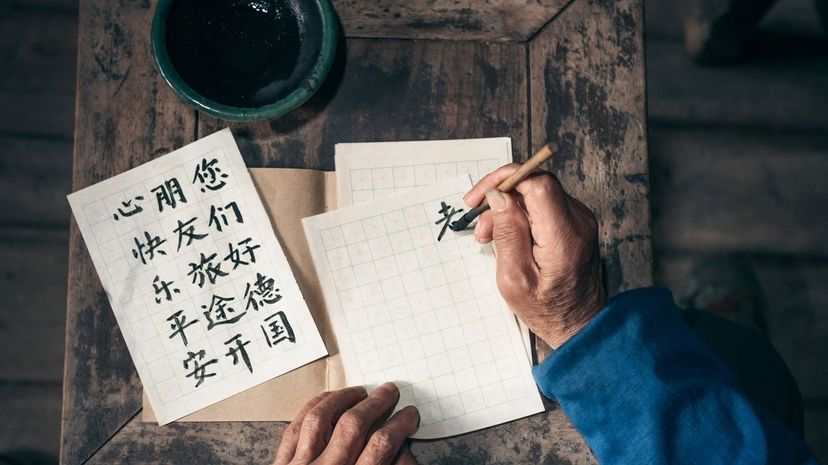
Nearly 1 billion people across the world speak Mandarin, which is around 14 percent of the world's population. That makes Mandarin the most common language spoken throughout the world.
Advertisement
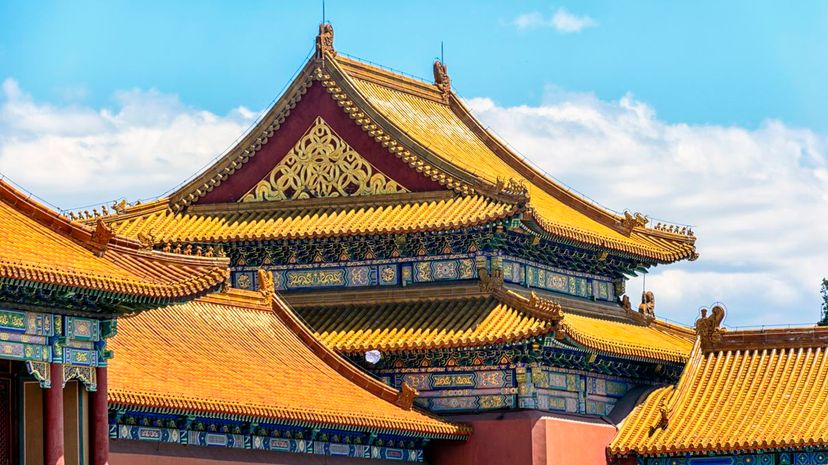
Dragons get a bad rap in Western culture, but they are viewed much differently in China. For the Chinese, dragons are commonly associated with power and good luck, which is why they are a recurring theme in everything from festivals to art.
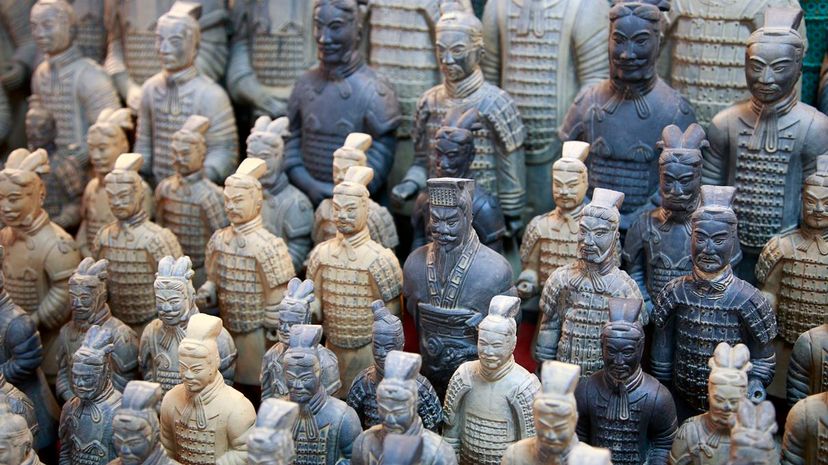
The Terracotta Army makes the Mausoleum of the First Qin Emperor one of the most complex burial tombs in the world. The army is made up of over 8,000 soldiers, all crafted with unique gestures to really bring these figures to life.
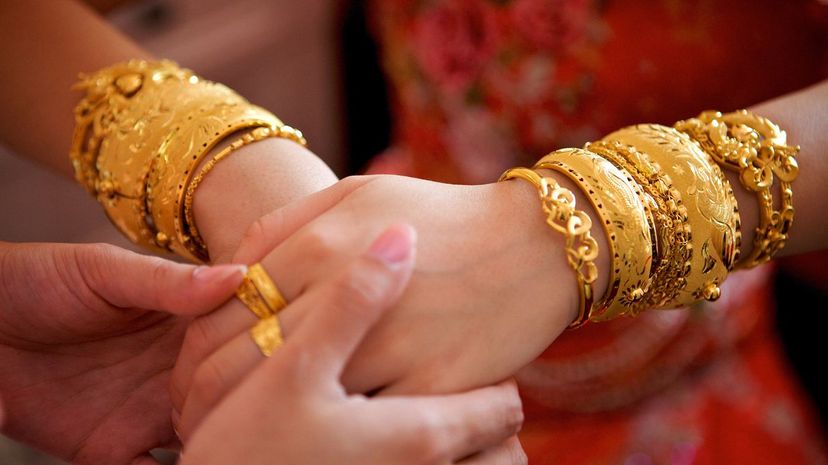
A red Chinese wedding dress is a tradition that dates back thousands of years to a period when a husband often would not meet their wife until the wedding day. The bride would wear both a red dress and a red veil, as the color represented good luck and prosperity.
Advertisement
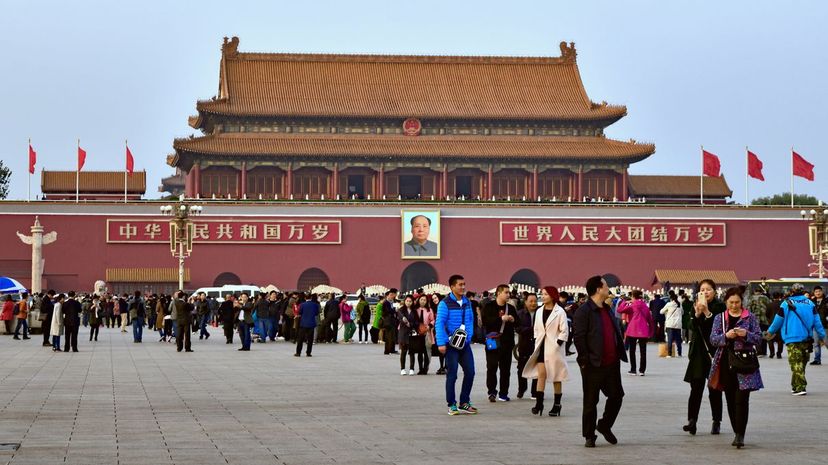
Created in 1921, the Communist Party of China obtained almost full control of the country by 1949 when it drove out the Chinese Nationalist Party. After gaining control, the Communist Party centralized control of its democratic processes and began implementing programs in line with Soviet Russia.

Stretching from India to the Pacific Ocean, China covers 3.7 million square miles, making it the third-largest country in the world. It's bordered by 14 other countries, with the longest border being shared with Mongolia.

Situated between China and Nepal, the highest point on Mount Everest is 29,035 feet above sea level. The mountain is located within the Himalayas, which was created when the Indian Plate collided with the Eurasian Plate around 50 million years ago.
Advertisement
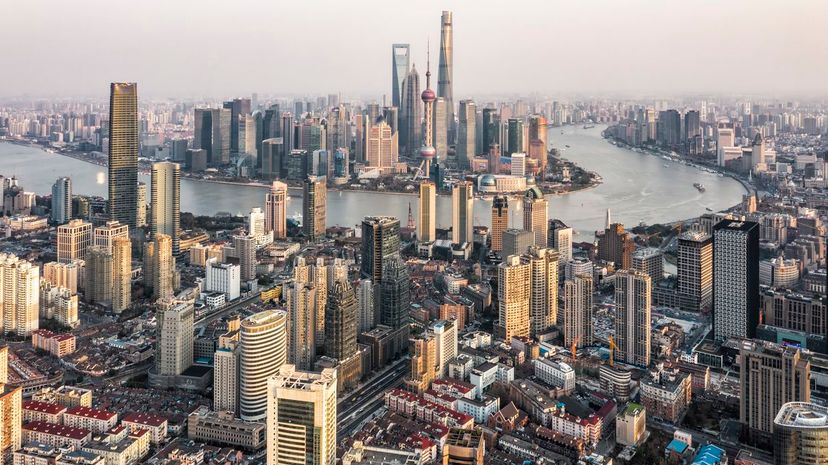
Because of its one-child policy, China was able to slow the growth of its society. However, cities like Shanghai are suffering from workforce shrinkage because of their aging population, so they are relying on the influx of rural residents into the city to keep up with demand.
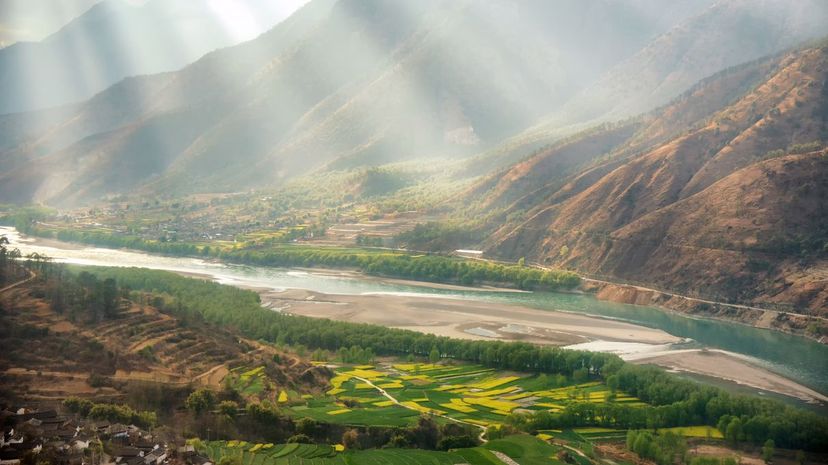
The Yangtze River is not only the longest river in China but is actually the longest river in Asia and the third-longest in the world. It has a drainage basin that covers 20 percent of the landmass of China.
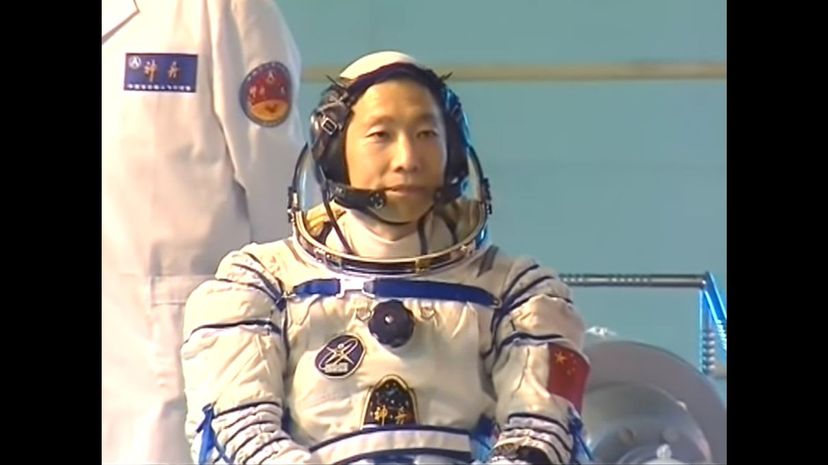
The People's Republic of China had plans to send a person into space dating back to the '60s. However, after designing the Shuguang One with the hope of launching it in 1973, the plans were abandoned after funds were allocated elsewhere.
Advertisement

Hosted by China in Beijing, the 2008 Summer Olympics was the most expensive Summer Olympics of all time. Much of that money was spent on the opening ceremony, which lasted more than four hours and cost an estimated $100 million.
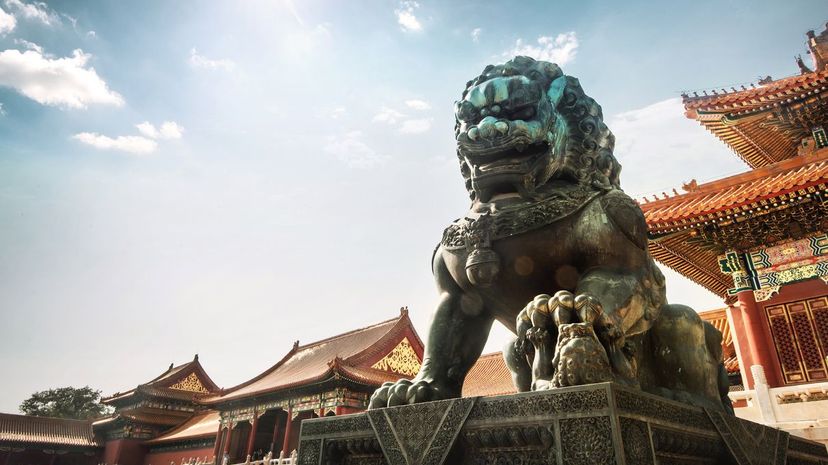
Tian Han is one of China's great writers who defined the New Culture Movement at the start of the 20th century. Politically active from a young age, he wrote "March of the Volunteers" in 1934, describing the volunteers who chose to march against an invading Japanese army.
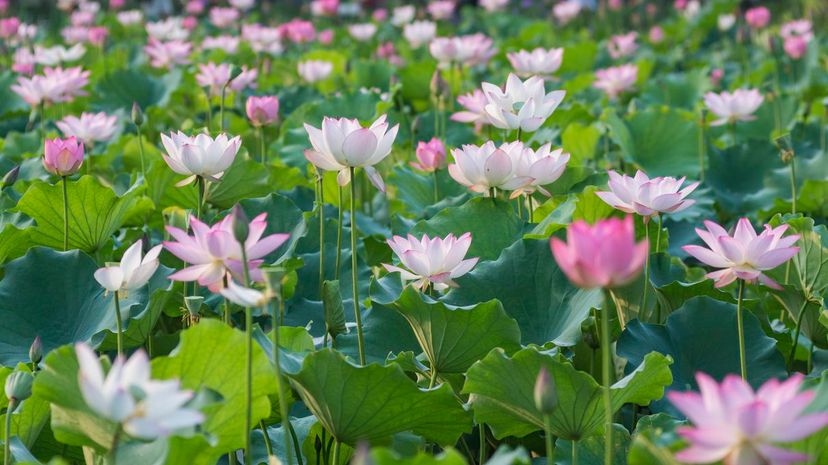
One of the eight important symbols in Buddhism, the lotus is associated with Buddha, who's often depicted in Chinese art sitting atop a lotus. Buddha is even directly compared to a lotus in the Anguttara Nikaya, a Buddhist scripture.
Advertisement

The thousands of rocks in the Shilin are made of limestone, having been shaped over time by erosion. But for those people who follow folklore, the Stone Forest was created when a Chinese woman turned to stone after she was denied the opportunity to marry the man she loved.
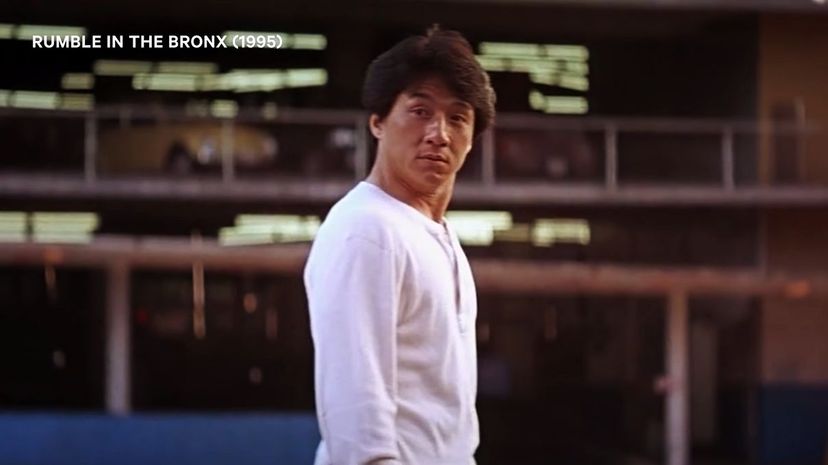
Born in Hong Kong, Jackie Chan is a martial artist who is recognized for his many Kung Fu movies. Chan was known for incorporating comedic flair into his acting style by relying on over-the-top stunts and improvised weapons.
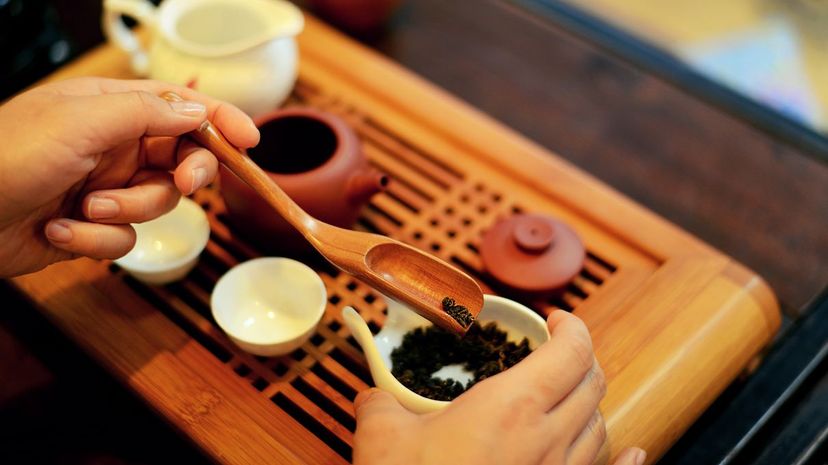
Sheng Nung is one of the most important Chinese emperors, and not just because he discovered tea. Sheng also helped advance Chinese medicine by trying various herbs, which led to his death when he ingested a poisonous weed.
Advertisement

For about 2,000 years, China was connected to Europe by a network of trade routes known as the Silk Road. Evident by the name, silk was one of the most popular products transported over this route, but the route is also credited with spreading ideas and cultures.
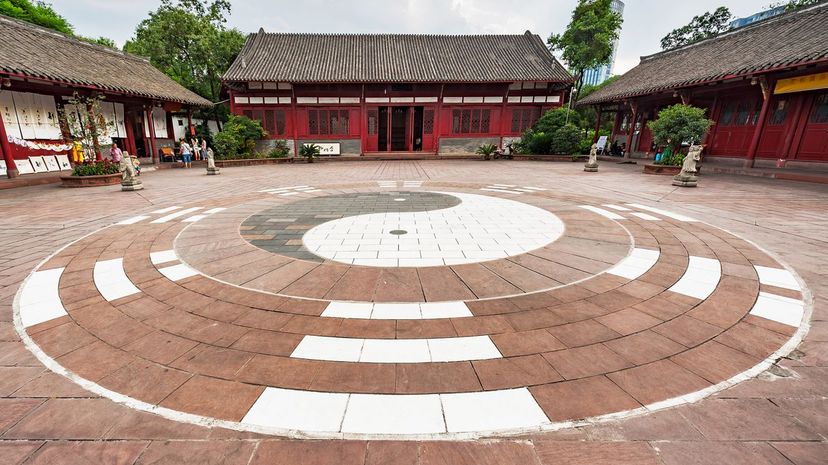
Taoism is one of the most influential philosophical systems in China, dating back around 2,500 years. Credited as the founder of Taoism, Laozi wrote about his anti-authoritarian views that defined Taoism in the book "Tao Te Ching."

Hoping to create an Asia ruled by Asians, Japan invaded China in 1937, leading to the Second Sino-Japanese War. One of the defining events of the early part of the war was the Nanjing Massacre, where Japanese soldiers ravaged the former capital of China, Nanjing.
Advertisement
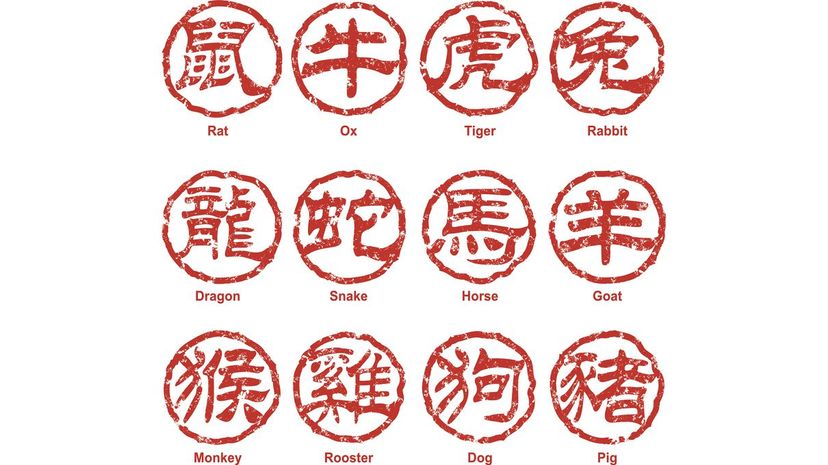
The pig is the last of the 12 animals in the Chinese zodiac. Known for their wonderful personalities, pigs are believed to have good fortune in life, as they often live life to its fullest.
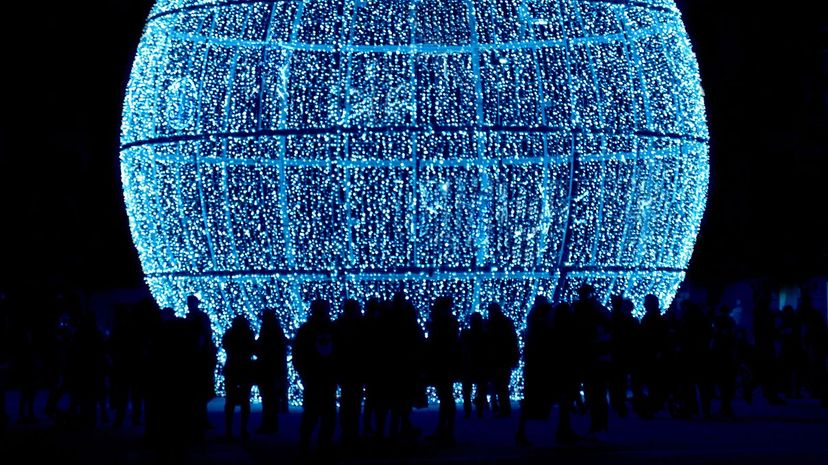
Determined by the lunar cycle, the Chinese calendar was created in its current form under the Han Dynasty in the second-century BCE. Though China uses the Gregorian calendar in business affairs, they still associate their holidays with the traditional Chinese calendar.
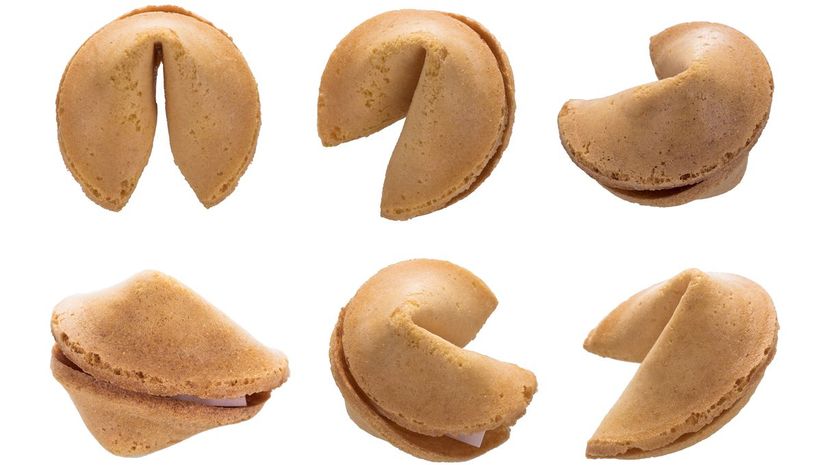
Though fortune cookies are a common staple at any Chinese restaurant, their origins are actually traced elsewhere. These cookies are similar to a Japanese cookie called tsujiura, but the first ones are believed to have been made in San Francisco.
Advertisement
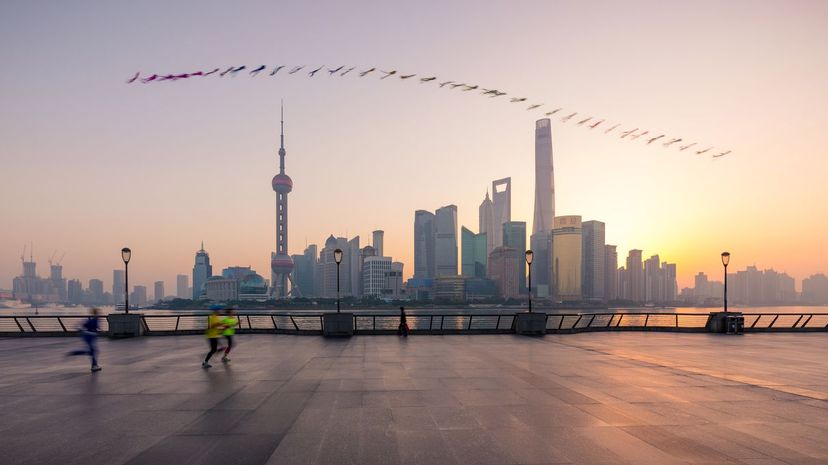
Kites played an important role in Chinese history, aside from being a form of entertainment. Invented around 2,300 years ago, kites were commonly used in the military to both measure distances and to send messages.

Like most Chinese colors, white, a symbol for metal, has several meanings. But one of its most common uses is at funerals, as the color has an association with mourning. However, it also commonly represents purity and innocence.